5. Annie Hall (1977)
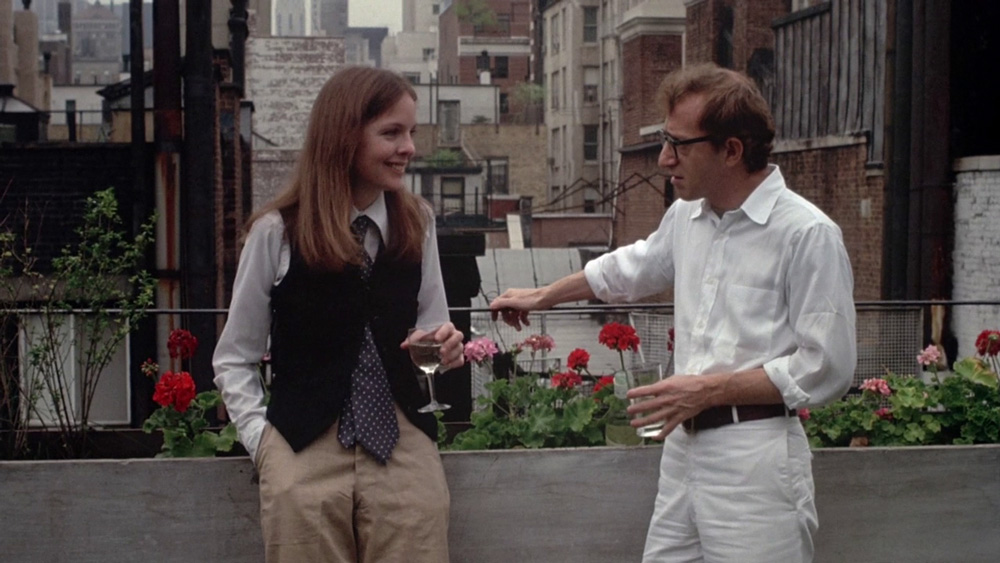
“Who’s Catcher In The Rye is this?” asks the hyper-neurotic Alvy Singer as he and Annie Hall are breaking up in Woody Allen’s 1977 comedy. A subtle reference, but a very telling one. Both stories are told in a series of flashbacks. Annie Hall’s original title was ‘Anhedonia’, meaning the inability to feel pleasure in normally pleasurably activities, something that Holden Caulfield knows all too well.
It’s no secret that The Catcher In The Rye was a massive influence on Woody Allen’s teenage years. He speaks of it fondly: “It resonated with my fantasies about Manhattan, the Upper East Side, and New York City in general.” New York City is so more than a just a backdrop in the works of Woody Allen and JD Salinger. It becomes a familiar character. New York City is an intellectual haven and a companion to Alvy in Annie Hall, but a constant reminder of loneliness and alienation to Holden in The Catcher In The Rye.
To this day, very few writers, filmmakers, or artists have managed to capture the spirit and energy of New York as purely as Allen and Salinger have. Woody Allen claims that Annie Hall “is as much a love song to New York City as it is to the character.”
4. The Royal Tenenbaums (2001)
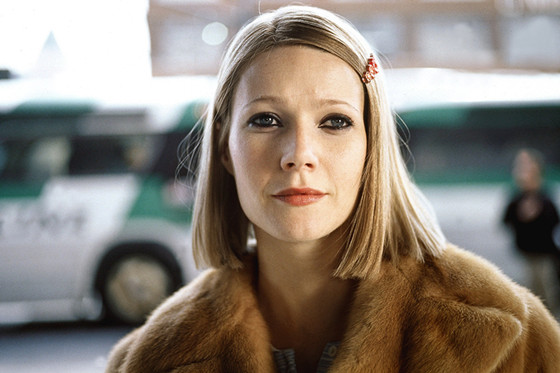
It seems fitting that Wes Anderson is the only director to appear twice on this list. It’s probably not hyperbole to say that Anderson is obsessed with Salinger, both aesthetically and thematically. The Royal Tenenbaums, Andersons 2001 film about a family of child geniuses has been compared time and time again to Salinger’s 1961 novella Franny and Zooey.
The Glass family and the Tenenbaums have plenty in common. Once considered prodigies, both families have fallen on hard times. The seven Glass children and three Tenenbaum children have grown into adults defined by emotional breakdowns and identity crisis.
Most notably, the green line bus scene (beautifully soundtracked by Nico) where Richie picks up Margot in The Royal Tenenbaums, is remarkably similar to the arrival of Franny at the train station to meet her boyfriend Lane in Franny and Zooey.
Wes Andersons wise and loving allusions to the works of JD Salinger is one of several reasons why he’s one of the most acclaimed and respected film makers of the last 25 years.
3. Badlands (1973)
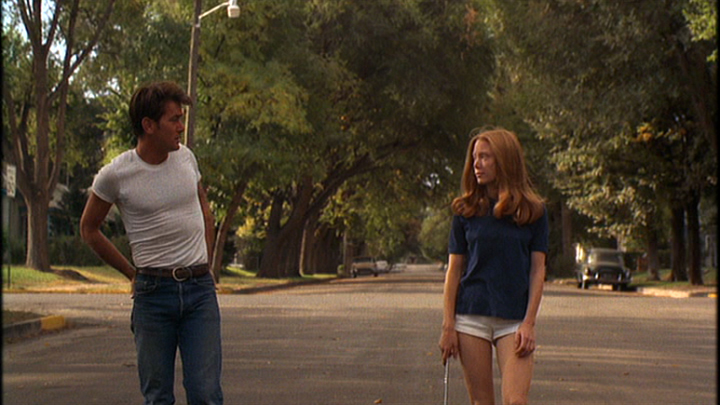
In many ways, Terrence Malick is to American cinema what JD Salinger is to American literature. The word ‘reclusive’ would be an understated way to describe them. Long periods of absence and a fondness for the quiet life have made the two endlessly comparable. Neither could be called prolific. Both are constantly hailed as visionaries. It should come as no surprise that their works also share similarities.
The Catcher In The Rye and Badlands both feature young, lonely central characters experiencing existential crisis as a result of their strange upbringings. Loss of innocence is also a common theme in both stories. In Badlands we see Hollys dollhouse being burned to a crisp, symbolizing the death of her childhood innocence. Kit, played brilliantly by Martin Sheen, perfectly embodies the Holden Caulfield/James Dean rebellious teenage anti-hero archetype.
Badlands is often named beside The 400 Blows and Citizen Kane as an example of one of the greatest debut feature films. The Catcher In The Rye is considered un-filmable by many. Malick’s use of dreamy voiceovers and his meditative, impressionistic style may be closest thing we ever see to a Salinger film adaptation.
2. The Graduate (1967)
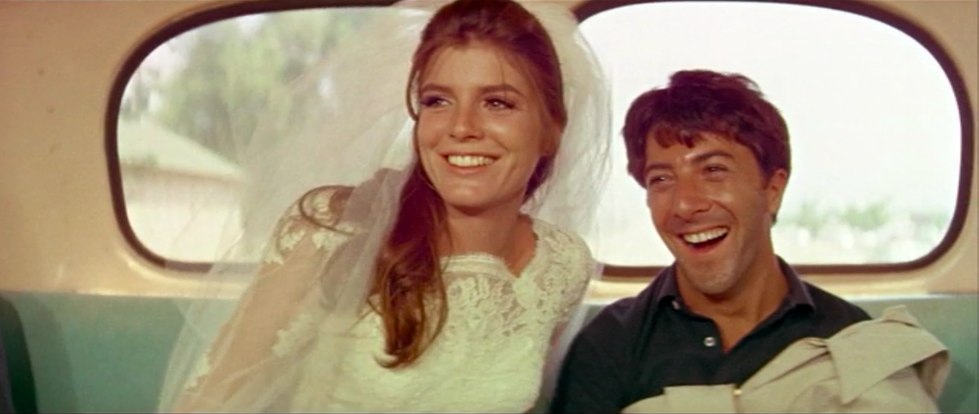
“This is Benjamin. He’s a little worried about his future.” reads the poster of Mike Nichols 1967 magnus opus. Ben is more than a little worried. He’s lost. Like a certain Holden Caulfield he feels a complete lack of fulfillment in his life so far, and has no idea what his future might hold.
Both characters feel alienated from their parents after privileged upbringings, and feel helpless in an empty society that’s becoming increasingly materialistic. “There’s a great future in plastics” is the advice Ben receives from a family friend at the beginning of The Graduate. Benjamin suspects that there is more to life than plastics, and feels disillusioned by the materialists he’s surrounded by. He wants his life to have greater meaning.
Nichols rightfully won the Academy Award for Best Director for The Graduate. More than 50 years on, it remains probably the best directed comedy ever made. Benjamins rebellion against the ‘plastics’ and Holden’s disdain for ‘phonies’ still seem as relevant as ever, in both cinema and literature.
1. Taxi Driver (1976)
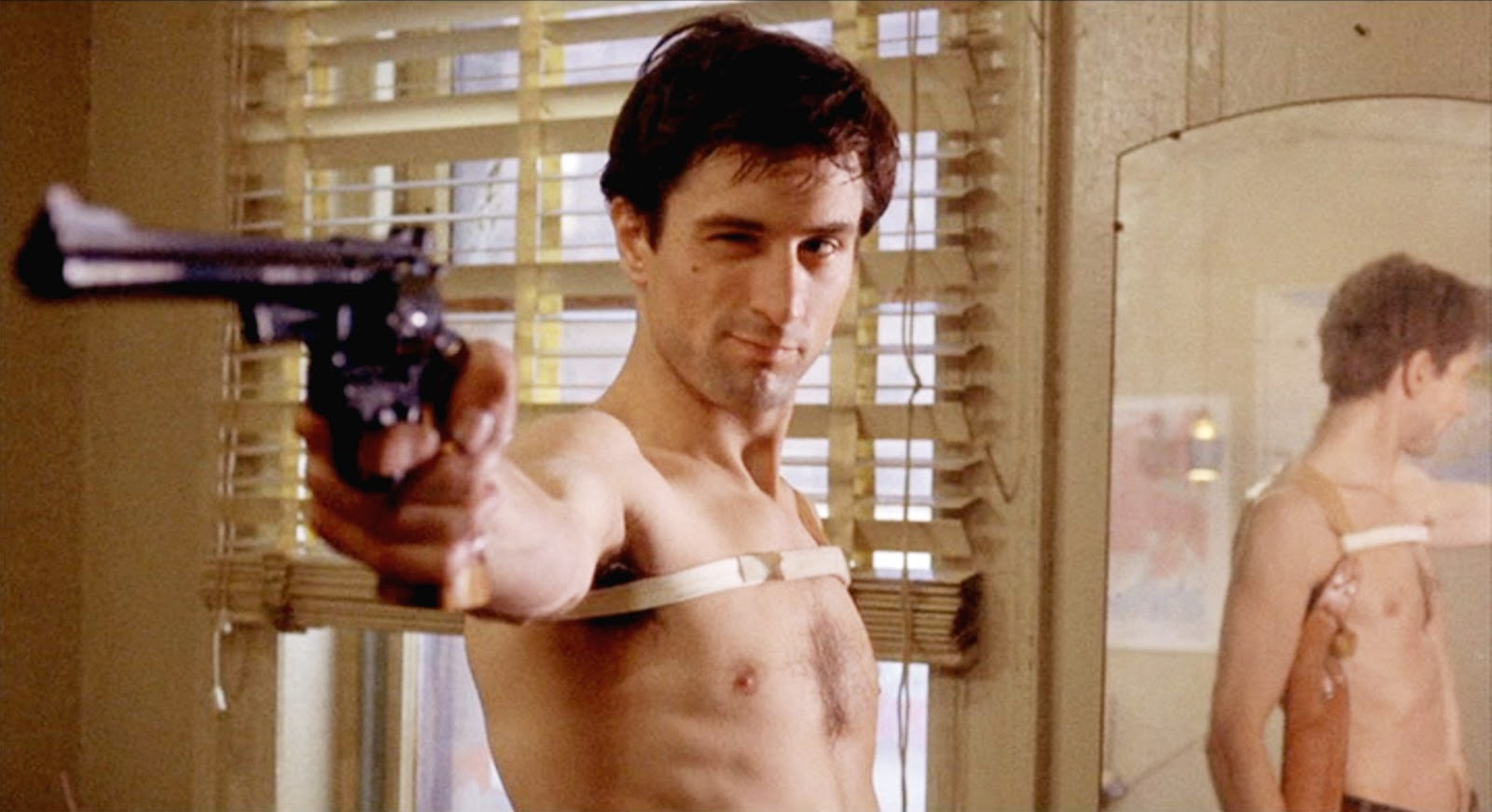
Without a shadow of a doubt, Travis Bickle and Holden Caulfield are kindred spirits. Both Taxi Driver and The Catcher In The Rye are centered around isolation and alienation in a post-war New York City setting. An infinite amount of comparisons can be made between the 1976 screenplay and the 1951 novel.
Caulfield and Bickle are plagued by despair and self-inflicted loneliness. Both men share the same fantasy: Preserving the childhood innocence of young girls in their lives. For Holden, the girl in question is his younger sister Phoebe. He describes his fantasy of being ‘The Catcher In The Rye’, saving kids from falling off a large cliff in a rye field. Bickle is determined to clean up the streets and longs to save a young girl called Iris from prostitution.
The protagonists each view the world in their own uniquely misanthropic ways. To Holden, everyone is a phony. To Travis, everyone is scum. It’s near impossible to imagine a world where Scorsese’s masterpiece would exist without Salinger’s.